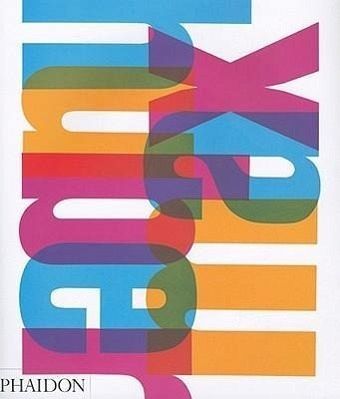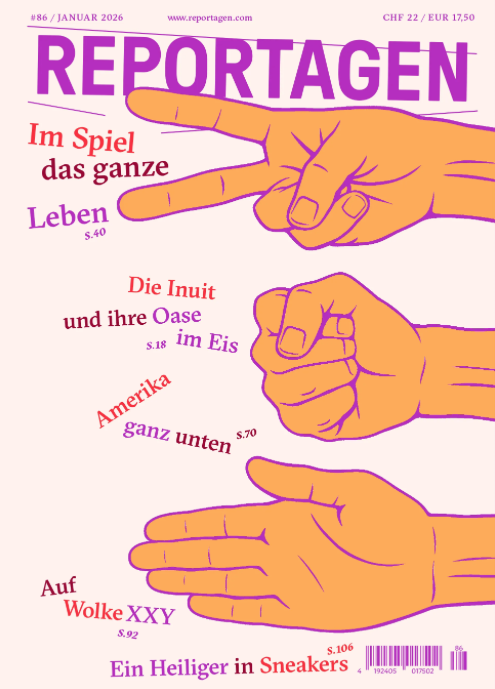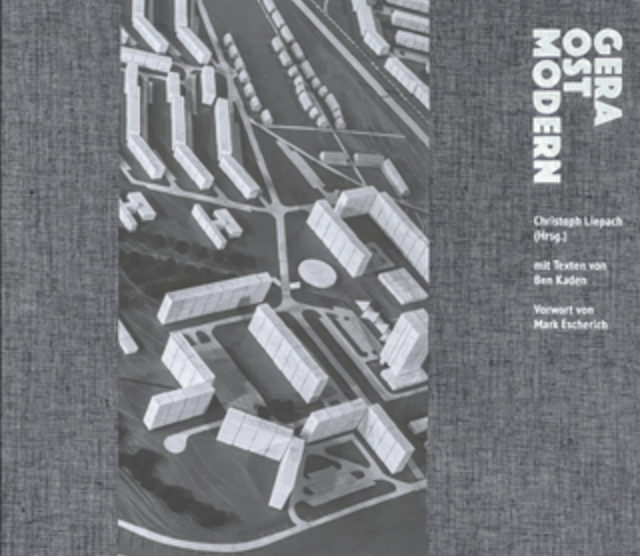#13645
phaidon
Between 1942 and 1980, Max Huber (1919-92) earned an international reputation as one of the most innovative, distinctive and significant designers of his generation. After an Arts and Crafts education and a later graphic apprenticeship in Switzerland, he moved to Milan and started working at the Studio Boggeri. He returned to Switzerland during the Second World War where he became a member of 'Alliance', the distinguished association of modernist artists, and worked on various editorial projects. He moved back to Italy after the war and soon started receiving important commissions, including from Giulio Einaudi, a major Italian cultural publisher, who in 1946 asked Huber to renew the typography of his Milan-based publishing house. It was during this time that Huber became acquainted with a circle of brilliant left-wing intellectuals and artists, including Italo Calvino, Natalia Ginzburg, Massimo Mila, Cesare Pavese, Fernanda Pivano, and Stefano Terra. He also had a long collaboration with the Castiglioni brothers and later won the first prize in the competition for the poster of the Monza Grand Prix. His consistently brilliant and innovative design attracted worldwide attention, and consequently Huber travelled widely, mixing with the world's artistic elite. He exhibited his work in Europe and Japan, where he also held visiting professorships. Combining painting and photography with other graphic media he remained avant-garde throughout his career, bringing the utopian vision of such legends as Bayer and Moholy-Nagy to bear on corporate typography and brand design. Huber's graphic work is bright, sharp, always surprising and very effective.
Max Huber shows an impressive collection of original artwork and archival photographs from the Max Huber Museum shown in twelve thematic portfolios and accompanied by three essays from experts in the field of Italian and Swiss design. In the first chapter, Stanislaus von Moss recounts Huber's formative years in Zurich, and describes the influences and connections with artists and designers on the international scene. In the second chapter, Mara Campana covers Huber’s time in Milan. In the third and final chapter, Giampiero Bosoni focuses on Huber's activity in the related fields of interior and exhibition design and in particular on his collaboration with the Castiglioni brothers. Extensively illustrated with over 300 images and photographs, this book is a significant addition to the field of design history and research.
39.95 €
not in stock





